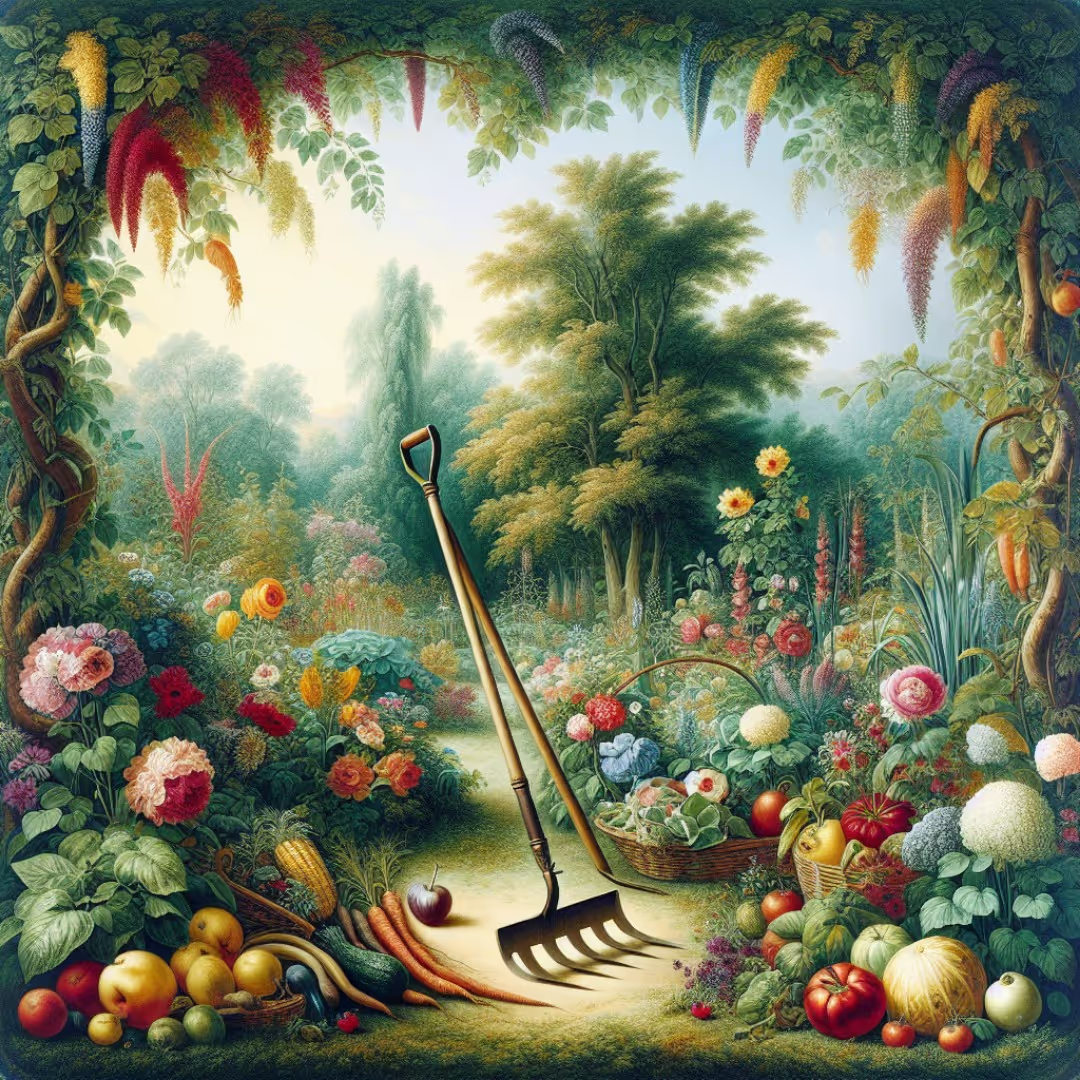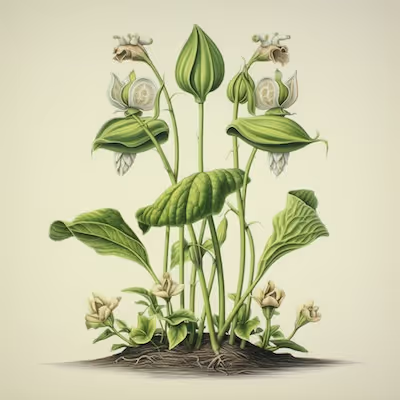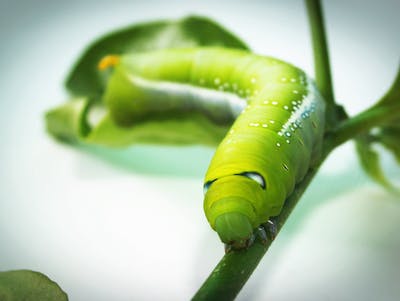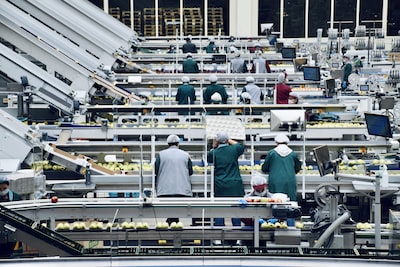How to Use a Garden Hoe

Garden hoe
Grab a sturdy garden hoe and slice weeds at their roots, break compacted soil, or shape planting rows with ease. A sharp, well-chosen garden hoe transforms tough garden chores into satisfying work. Learn proper grip, swing techniques, and simple tricks to keep your trusty garden hoe in top shape—your garden beds will thank you.
Cheatsheet: Master Fast, Efficient Hoeing
🛠️ Tools and products you'll need
- Garden hoe (choose: draw, stirrup, scuffle type)
- Sharpening file or stone
- Gardening gloves
- Wheelbarrow or bucket
🌱 Weed Fast for Healthy Crops
- Hoeing removes up to 90% of young weeds before they seed.
- Promotes higher vegetable yields and reduces pest zones.
⏱️ Timing & Conditions
- Hoe when soil is dry—roots detach easier.
- Best in late morning or afternoon (dew evaporated).
- Soil temp: 60°F+ / 16°C+ for best weed kill.
🦴 Ergonomics & Safety
- Stand tall; keep back straight.
- Grip handle with both hands; alternate sides for balance.
- Wear gloves to prevent blisters.
🔪 Technique
- Slice: Skim hoe just under surface (1" / 2.5cm deep); keep blade flat and sharp.
- Push/Pull: Use smooth forward and backward strokes. Let the tool do the work.
- Target: Focus on small seedlings and break crust around crop roots for aeration.
- Clear: Remove severed weeds from bed with a bucket or wheelbarrow.
- Sharpen: Hone blade after every use.
⚡ Pro Tips
- Weed weekly to prevent seed formation.
- Hoe after rain if soil dries; avoid compacted, wet earth.
- Mulch post-hoeing for ongoing suppression.
- Well-hoed beds retain 20% more moisture—better for crops and self-sufficiency.
Why a Garden hoe still earns a place in my shed
I reach for a hoe before coffee has cooled because it rewrites a weedy morning into a clean row by lunch. A sharp blade, dry soil, and a lazy sun will do most of the work.
Know your hoe: quick taxonomy that actually matters
- Draw hoe (American or chopping): flat blade, pulls soil toward you for furrows, hilling, and brutal roots.
- Scuffle hoe (Dutch): sharp leading edge, pushed to shave seedlings just under the surface.
- Stirrup or oscillating hoe: U-shaped loop that rocks and cuts on push and pull, fast in pathways and beds.
- Collinear hoe: razor-thin blade used nearly parallel to the soil, surgical in tight plantings.
- Warren hoe (triangle): pointy for seed furrows, onion rows, and between drip lines.
- Eye hoe (Azada): heavy, forged, for clay and sod where lighter hoes stall.
- Wheel hoe: two-handed, wheeled frame with sweeps or oscillating blades for bigger plots.
The core technique that saves your back and your soil
Work shallow, about 0.5 to 1 inch deep, which is 1 to 2.5 cm. You slice, you do not dig.
Keep the blade at a low angle, roughly 10 to 20 degrees to the surface. Let sharp steel skate like a chef’s knife on a tomato skin.
Scuffle and stirrup motions
Use small strokes with steady rhythm, arms loose, legs doing the travel. On a stirrup hoe, let the blade do the rocking so you float under the crust and clip everything at the root collars.
Draw and warren motions
Stand tall and pull toward you to shape beds and hill potatoes. Tip the corner to sneak between seedlings without lifting weed seeds to light.
Timing that makes weeds surrender
Hoe when seedlings are in the white-thread stage, before true leaves. Midday on a dry, breezy day turns severed weeds into confetti.
“Stale seedbed preparation can reduce weed density by 50 to 80 percent.” — Sustainable Agriculture Research and Education (SARE)
I prep beds, irrigate once, wait 7 to 10 days, then skim with a scuffle hoe before sowing. That round knocks out the first flush so crops launch ahead.
Moisture, heat, and physics
Soil should be dry at the surface so cut weeds desiccate. I aim for afternoons above 80 F, about 27 C, then leave debris right there as armor.
If clay clods form, I wait a day after rain or run a brief irrigation to settle dust, then slice shallow to avoid lifting a brick.
Bed layout that makes hoeing fast
- Standardize bed width to match your hoe’s swath, so two or three passes finish a row.
- Keep drip lines tight to the row and pathways clear, which gives you clean lanes for fast strokes.
- Mulch pathways with wood chips and hoe only the crop band, a trick I lifted from market gardens.
Ergonomics that feel like cheating
Handle length should land near armpit height, which keeps your back neutral. I choke up on the shaft for finesse, then slide hands apart for long passes.
Use legs to glide, not wrists to stab. A sharp hoe floats, a dull hoe fights you.
Sharpening that actually sticks
I file before each session with a 10 inch mill file, pushing in one direction to set a 25 to 30 degree bevel. Two minutes changes the day.
Afterward I wipe with light oil like camellia or boiled linseed and hang steel off the ground. A touch of vinegar removes sap and rust without fuss.
Soil health and the light touch
Shallow hoeing keeps dormant seeds buried and leaves soil structure intact. I avoid flipping chunks that wake a fresh seed bank.
In living mulches, I skim between plants and clip escapes, then top up with composted leaves to block light for the next flush.
How I use each style of garden hoe for real jobs
- Scuffle hoe: carrots, beets, and salad beds at first hint of threads, every 5 to 7 days in spring.
- Stirrup hoe: pathways and between young tomatoes, fast weekly passes keep Bermuda rhizomes tired.
- Collinear hoe: lettuce close plantings, blade rides flat so I never bruise a stem.
- Draw hoe: hilling potatoes and leeks, pulling clean soil while shaving inter-row weeds.
- Warren hoe: seed furrows 0.5 inch deep, about 1.2 cm, and around drip emitters without carnage.
- Eye hoe: new ground and heavy bindweed, short chops that cut crowns before they breathe.
- Wheel hoe: 50 foot beds, about 15 m, with oscillating sweeps for two passes and done.
Common mistakes and quick fixes
- Going too deep: you churn up more seeds; reset angle and glide shallow.
- Hoeing wet soil: roots reattach; wait until the crust dries and sun returns.
- Dull blade: feels like work; sharpen until it shaves a thumbnail.
- Waiting too long: true leaves resist; schedule small, frequent sessions.
Buying guide for a garden hoe that fits the work
Forged steel holds an edge longer than stamped sheet and glides cleaner. Ash or hickory handles flex and outlast cheap softwood, while fiberglass shrugs off rain.
Pick head widths to match your beds: 3 to 4 inches, about 7.5 to 10 cm, for tight crops; 6 inches, about 15 cm, for open rows and paths. If you garden bigger than a backyard, a wheel hoe pays back in one season.
Top picks by job size and soil
- Tight plantings: collinear hoe with a narrow, replaceable blade.
- All-around bed care: 6 inch stirrup hoe with a stout frame and quick-change blade.
- Heavy clay or sod: forged eye hoe with a medium head and oval handle eye.
- Precision furrows: small warren hoe for direct seeding and drip work.
- Market-scale beds: wheel hoe with 8 to 10 inch oscillating hoes and a pair of sweeps.
Weed biology that a hoe exploits
Annuals die quick at cotyledon stage because carbohydrate reserves are tiny. Perennials need repeat cuts to starve crowns and rhizomes for several weeks.
I log weekly hits on field bindweed for 6 to 8 weeks and watch regrowth weaken. Patience wins where brute force stalls.
Irrigation patterns that help the blade
Water deeply, then rest the surface dry for two days before hoeing. That pause starves shallow roots and sets up a clean slice.
Drip beats overhead because foliage stays dry while the top layer crisps. I hoe late afternoon and irrigate the next morning.
Working around crops without casualties
Angle the blade away from stems and slide past in a crescent arc. I finish with a hand weeder right at the crown instead of gambling with steel.
On seedlings, I leave a weed-free collar the size of a mug, about 3 inches or 7.5 cm, then return in three days to finish stragglers.
Maintenance and storage
Hang tools to keep edges away from concrete and moisture. Winter gets a wax on wooden handles and a light oil on steel.
Once a season I re-seat loose heads with a wedge or replace a split handle before it surprises me mid-stroke.
Numbers and references I trust in the field
University extension guides echo the shallow, early approach. UC ANR and Cornell recommend slicing at the seedling stage to avoid bringing new seeds to light.
RHS guidance aligns on dry-day hoeing for best kill and less regrowth. SARE’s stale seedbed data tracks with what I see on vegetable beds each spring.
Pro moves from the heat of July
I carry a file in my back pocket and touch up at the halfway mark. Ten strokes per side, back to gliding.
On 95 F days, about 35 C, I hoe after lunch and walk away. By dinner those seedlings look like tea leaves.
Alternatives and companions to the garden hoe
- Flame weeder: pre-emergent pass on stale beds, then hoe follow-ups only.
- Mulch: wood chips in paths and compost in rows cut hoe time in half.
- String trimmer: edges and fence lines where steel cannot reach safely.
Safety without fuss
Closed-toe shoes, gloves, and eyes up for irrigation lines and mulch fabric. I keep pets and kids out of the lane while I work.
Set the hoe down blade flat when you step away. A dropped blade finds ankles fast.
FAQ lightning round
- Do cut weeds regrow? Annuals rarely do if sliced shallow on a dry day, perennials try and need repeats.
- Can I hoe after rain? Wait until the surface dries so slices stay clean and roots cannot reattach.
- How often? Weekly in spring flushes, every two weeks in midseason, and before each direct seeding.
- How deep? Half to one inch, about 1 to 2.5 cm, is the sweet spot for speed and minimal disturbance.
Sources worth your time
- Sustainable Agriculture Research and Education, weed management and stale seedbed guidance.
- University of California Agriculture and Natural Resources, Integrated Pest Management weed control recommendations.
- Cornell Cooperative Extension, vegetable weed control and cultivation timing.
- Royal Horticultural Society, hoe types and technique tips for temperate gardens.

Want smarter plant choices? 🪴
Frequently Asked Questions About Mastering Your Garden Hoe
Which garden hoe style best suits vegetable gardening?
The stirrup hoe, known as the scuffle hoe, dances fluidly beneath the soil surface, slicing weeds at their roots. Ideal for precise, effortless weeding between rows of vegetables without disturbing precious roots or turning over soil unnecessarily.
How often should I sharpen the blade on a garden hoe?
Treat the blade like a chef treats their knives—regular, respectful sharpening will keep the hoe deadly efficient. Inspect its edge after every few gardening sessions, and sharpen with a metal file whenever strokes feel sluggish or ineffective in cutting down weeds.
What's the proper way to hold and swing a garden hoe?
Grasp the hoe firmly but fluidly, allowing for rhythmic, sweeping movements. Let the blade glide beneath the soil surface, slicing parallel just below ground without hacking deep. A relaxed, confident stance prevents fatigue and ensures precision with each stroke.
Can a garden hoe help control weeds without chemicals?
The garden hoe stands proudly as your chemical-free ally. Regular hoeing disrupts weed seedlings before they gain ground, severing their tender root systems and preventing future invasions. This simple practice nurtures organic health and soil vitality.
How do I maintain and store my garden hoe to prolong its lifespan?
After each gardening escapade, remove soil residue gently and dry the blade thoroughly, preventing rust from creeping in. Lightly oiling the metal periodically preserves its integrity. Hang your garden hoe on a wall hook or store standing upright, away from moisture and weather's wrath.
The garden hoe is a tool with grit and history—nothing fancy, just honest work. Use its sharp edge to slice weeds, break up soil, and shape your beds. Keep the blade clean and sharp, and your movements steady. Pair it with a gardening apron or gardening stool for comfort. Remember: the right garden hoe saves your back and keeps your rows straight. Mastering its use means less time fighting weeds and more time watching your food garden thrive. Simple, direct, and always reliable—just like a good hoe should be.
The Prepper's Guide to Garden Hoe Preparedness and Self-Reliance
Long-Term Durability Features
- Steel Blade Quality: Tempered high-carbon steel lasts decades without warping or crumbling.
- Ash or Hickory Handle: Denser wood provides strength, reduces splintering, withstands heavy usage.
- Replaceable Parts: Opt for modular designs enabling easy blade replacement or handle repair.
Essential Maintenance Techniques
- Seasonal Oil Coating: Use food-grade linseed oil or mineral oil quarterly, prevents rust formation in damp conditions.
- Sharpening Protocol: Use whetstone twice yearly to maintain effective cutting edges, ensuring lower energy expenditure during cultivation.
- Storage Conditions: Dry, ventilated shelter minimizes corrosion risks; avoid prolonged sun exposure to prevent handle degradation.
Multi-Purpose Survival Uses
- Digging Fire Pits: Blade efficiently excavates shallow trenches or emergency cooking pits.
- Self-Defense Tool: Gardener hoe doubles as sturdy self-defense instrument for wilderness emergencies.
- Water Channel Creation: Quickly construct irrigation trenches or drainage ditches, preserving valuable crop harvests during extreme drought or flooding.
Physical and Nutritional Benefits
- Full-Body Workout: Regular hoeing engages upper-body muscles, core stabilization groups, promoting cardiovascular fitness.
- Sustainable Food Sources: Effective weed management boosts vegetable yields up to 40%, supporting balanced, reliable nutrition in long-term food scarcity scenarios.
- Stress Reduction: Rhythmic movements and productive outdoor labor significantly lower cortisol levels, aiding psychological resilience in challenging survival environments.
Find out which plants will thrive in your garden!
Answer a few fun questions and get custom plant recommendations perfect for your space. Let’s grow something amazing together!

start your season



.avif)

